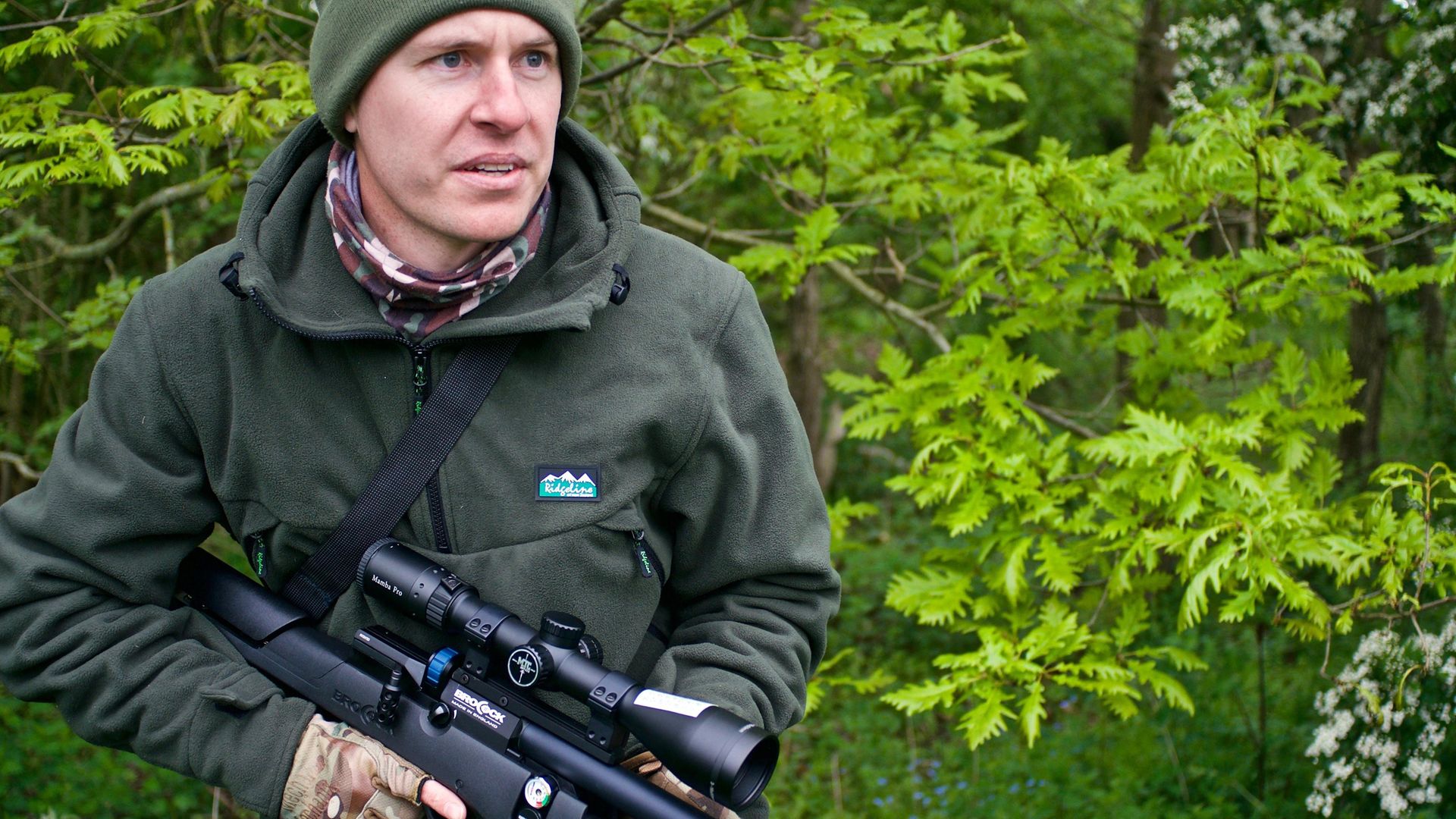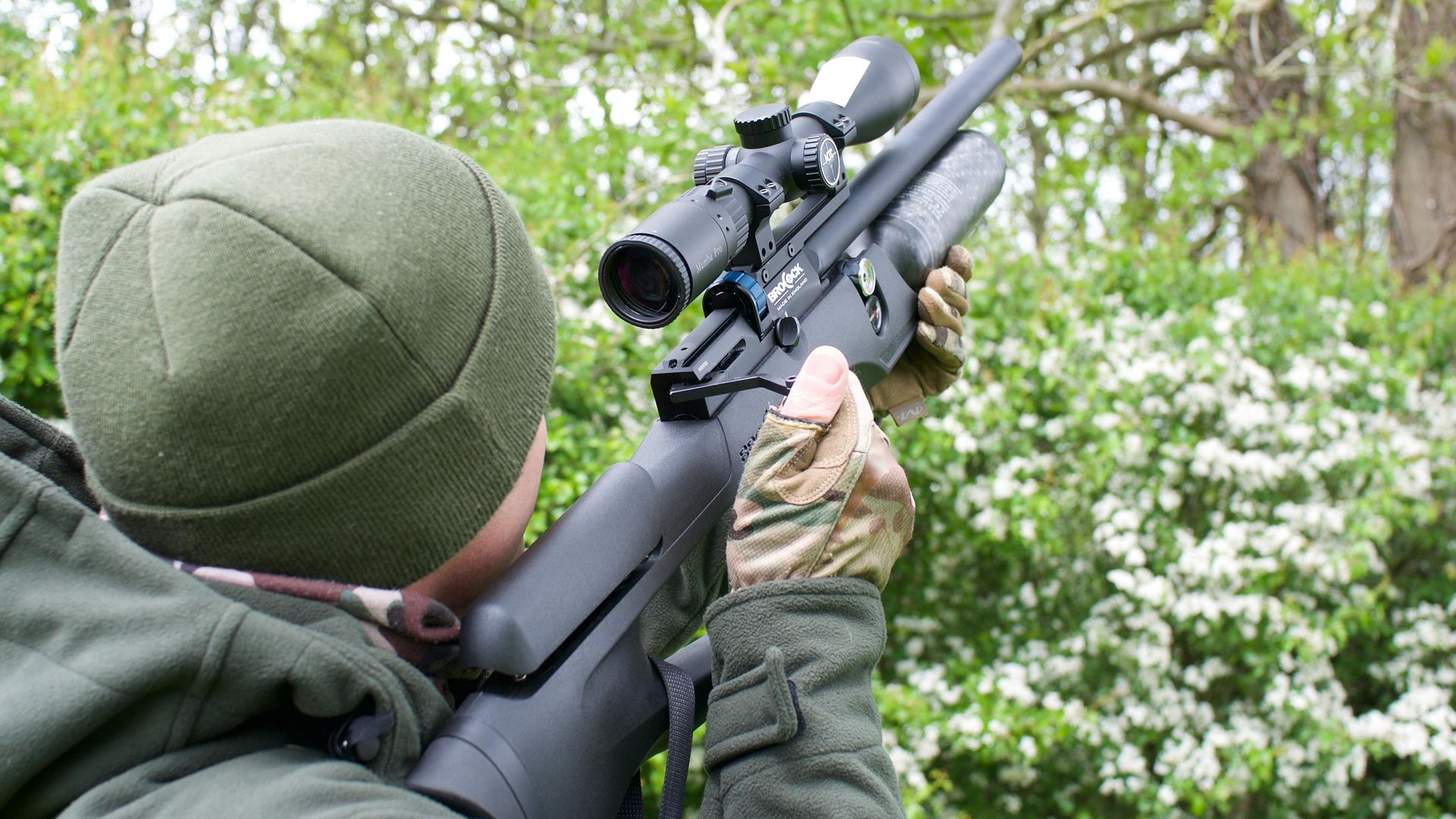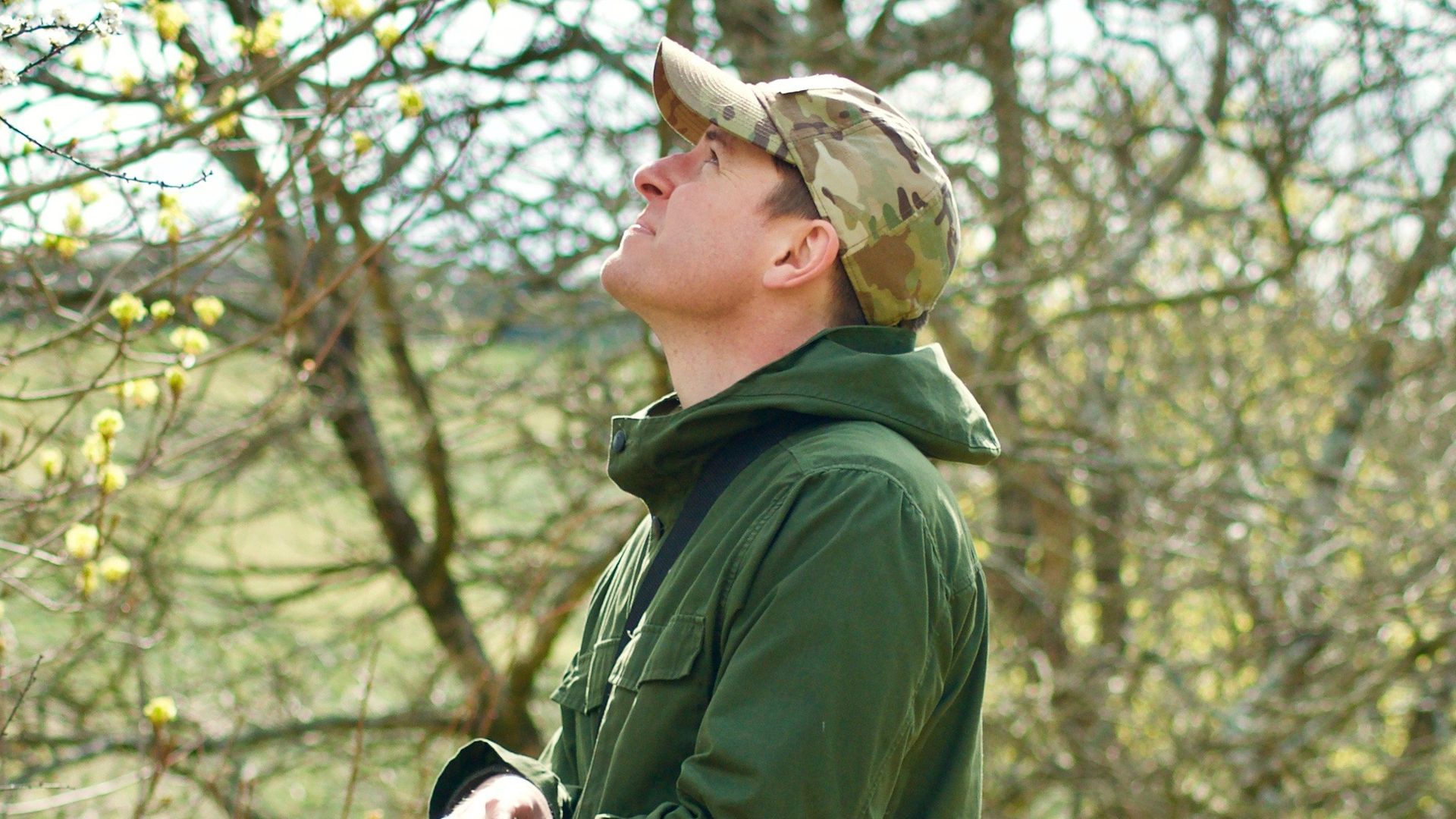Phil Siddell extols the virtues of an immersive style of hunting that develops our senses and our appreciation
More mobile than an ambush, not quite as single-minded as stalking, and as mindful as a mooch. The ‘still hunt’ is an art form, a meditative exercise and the purest expression of what it is to be a predator. The term ‘still hunting’, as coined by our American cousins, is something of a misnomer, describing as it does a tactic where the hunter is actually on the move, albeit at a singularly sedate pace. It is one of the most immersive whole body, even whole being, experiences available to the airgun hunter. To cover just a mile of ground in the space of an hour wouldn’t be moving too slowly.
The rewards lie not in the quantity of game taken, but in the intensity of the practice itself. Devotees of this technique learn to take in their surroundings with all five senses, and perhaps even develop a sixth, but more on that later. For me, still hunting is the essence of summers spent with my air rifle, an activity that annually rekindles my passion for pushing pellets with a sub-12 ft.lbs.
power plant.
 credit: Phil Siddell
credit: Phil Siddell
How to try 'still hunting'
Still hunting is certainly not the most productive strategy, particularly in these days of motorised decoys and sophisticated night-vision gear, but I believe it’s something all airgunners should try at least once – although there will be those who simply don’t possess the patience to enjoy it. The beauty of still hunting is that it acts as a balm against the ills of our busy modern lives; it’s a salve for the very malady we go hunting to escape. The hallmarks of this kind of hunting are the antithesis of ‘busyness’, inviting us to slow down to the pace of the natural world, the very environment within which we evolved as a species.
The still hunter sets forth into an area with a rudimentary route plan in mind, and takes not more than three or four steps at a time, with a lengthy pause afterwards, sometimes several minutes long, before moving on again. The time spent stationary is used to examine the area with great care, often through low-powered binoculars – 8x or less. It’s odd, but without diligent practice, it can be easy to lose your balance when moving this slowly.
It’s not just our quarry that is wonderfully adapted to spot movement; we are similarly equipped, but this aptitude only works in our favour if we’re being discreet enough not to disturb our prey. Small game will generally freeze before running if they see or hear something they don’t like, and once still, they become far more difficult to find. By pausing between movements, we have the time to pick out fur or feather against the busy backdrop of the landscape.
Slowing the pace, allows us to engage in a tense game of ‘who-sees-whom-first’ with our quarry. In my own still hunting, I will happily admit that the animals win that particular game more often than not – especially those with wings – but the moments when the odds fall in my favour do feel like a testament to my hard-earned field craft. I remember with pride a recent trip when I was reprimanded for my proximity by an infuriated blackbird, but only after I’d alerted it to my presence with a successful shot on a rabbit. To be able to sneak beneath the radar of a wild songbird is a challenge of the highest order. My success at bypassing those watchful woodies is still limited, though!
 credit: Phil Siddell
credit: Phil Siddell
Concealment is critical when 'still hunting'
Tempo is important, but it is not all there is to the still hunt. When the time comes to move, it must be done with proficient use of both cover and terrain. Our quarry will find us difficult to discern if we make diligent use of the environment to break up our outline, just as other predators do.
A good backdrop of tall vegetation is critical for concealment, and if it moves with the breeze then so much the better – don’t rule out man-made structures where available, though; ‘melting into the shadows’ must become more than just a figure of speech. Walk the valleys of the topography, not the peaks and ridges where becoming sky-lined will almost always get you busted.
Drab brown or green clothing is an advantage, but sophisticated camouflage is far less valuable than slow and smooth movement in keeping things unobtrusive. It might be wise to carry your rifle cross-body, to avoid the large movements involved in unslinging it from your shoulder.
 credit: Phil Siddell
credit: Phil Siddell
Using all five senses while 'still hunting'
To get the most out of still hunting, we must learn to use all of our five senses, although I’ll wrap up taste and smell into one because gustation and olfaction work hand-in-hand. The role played by our sense of vision is obvious; we rely on sight in almost everything we do, but our sense of hearing is often overlooked.
The countryside is alive with animal calls, and if they cease suddenly, it’s a sure sign that you’ve been spotted and might need to pause for longer than usual. The sounds of animal movement are often far less obvious to us because they get drowned out by the noise of our own motion when we’re moving quickly.
The symphony of our surroundings can paint a vivid picture if we learn first to listen, and then to interpret it. Squirrels are particularly good candidates for tracking by sound because they make a right racket, barking and leaping from branch to branch, often accompanied by the scratching of their claws on tree bark.
The utility of our touch sense might not be apparent immediately. However, the skin on our face and neck informs us of wind direction, and with the help of some lighter weight footwear, we can feel for that dry twig underfoot before we snap it. We naturally experience and make adjustments for gradient as we walk, too. The human nose is a fairly feeble organ in its current incarnation, but it is possible to pick up the scent of game – although more usually, big game. On a number of occasions I have picked up a strong rabbit odour whilst lying prone or crawling forward. I have assumed this to be confirmation that buck rabbits have been active in the locale very recently, busy marking out their territory.
 credit: Phil Siddell
credit: Phil Siddell
The sixth sense - hunting!
I’d be hard-pressed to provide any proof for it, but as I alluded to earlier, I sincerely believe that hunters can develop a further sixth sense. I’ll christen it ‘the hunter’s sense’. I’ve noticed that some hunters possess an almost clairvoyant ability to predict where game will be.
They’ll describe a particular bit of undergrowth as looking particularly gamey, or exhibit it in the way they seem to pause at just the right moment, narrowly avoiding spooking their quarry. Whatever the source or nature of this sixth sense, I suspect that the still hunt is the superlative source for those who wish to develop it.
'Still hunting' is escapism from busy modern life
The life of the airgun hunter comes with its own pressures; we’re often on pest-control duty with a valuable job to do, protecting a resource or investment of one form or another. There’s a weight on our shoulders and expectations to meet.
Keeping our passion for hunting alive in the midst of it all is important, and treating yourself to a still hunt once in a while is one way to do it. Take the minimum of gear and set out without any particular expectation.
Slow down, then slow down even more! Engage all your senses in the search for game, and revel in the achievement when you notice an animal before it notices you – even if it’s not one you can raise your rifle to.